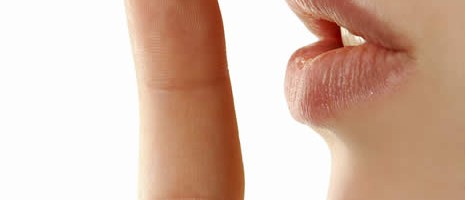Acoustic Curtains

“Could you suggest a few acoustic curtain options?”
Velour curtains can dramatically reduce high frequency echo and excessive reverb in a room. Velour curtains intended primarily for sound absorption need to be as heavy weight as possible with 75% – 100% fullness. Adding extra layers through double facing or lining will provide additional sound dampening.
The velour will perform better if it is sewn “nap up”, (upside down), because the pile will lay open and stay fluffed out better. This does not look as nice as nap down and tends to capture more dust, but provides better acoustic performance.
The heavier the finished curtain, the better the sound absorption. The two key factors in sound absorption are mass and air space. As an example, let’s think about a double paned glass window.
The air space decouples the layers of mass. Increasing the thickness (mass) of the glass will have some effect, but less of an effect than increasing the air space. The biggest initial gain in sound absorption comes by creating the air space to begin with. You can find this information, and more, on our website here. For detailed information on sound proofing, there is a very helpful site here, which focuses on architecture but has great information about the science of acoustics.
If we translate our glass window example into textiles, we can determine that to have maximum sound absorption we will want lots of layers of fabric with air space between the layers. Pleating, lining, doubling up curtains, etc. – all will have this effect. Acoustic curtains are typically made with 75% – 100% fullness and are lined/double faced. As you can imagine, a flat piece of fabric does very little to absorb sound, just as a single pane glass window would do very little.
Cotton fabrics tend to perform slightly better than IFR Synthetics in this respect, primarily because of the added mass. Typically, acoustics is only part of the equation for a curtain and the added acoustic value of cotton is insufficient to outweigh the added benefits of IFR Synthetic. In a case where the curtain project you are working on is solely about sound dampening and acoustics, cotton is probably a better choice.
The two cotton fabrics we recommend for sound dampening are Memorable (25oz) and Princess (16oz). Remember our glass window example? More layers of the 16 oz Princess will perform better than fewer layers of 25 oz Memorable. There is also a 32oz fabric but its cost is disproportional to the value. It is more economical to add additional fullness in a lighter weight fabric.
For more questions on acoustic or other specialty curtains, contact us at 1-800-372-3373.

